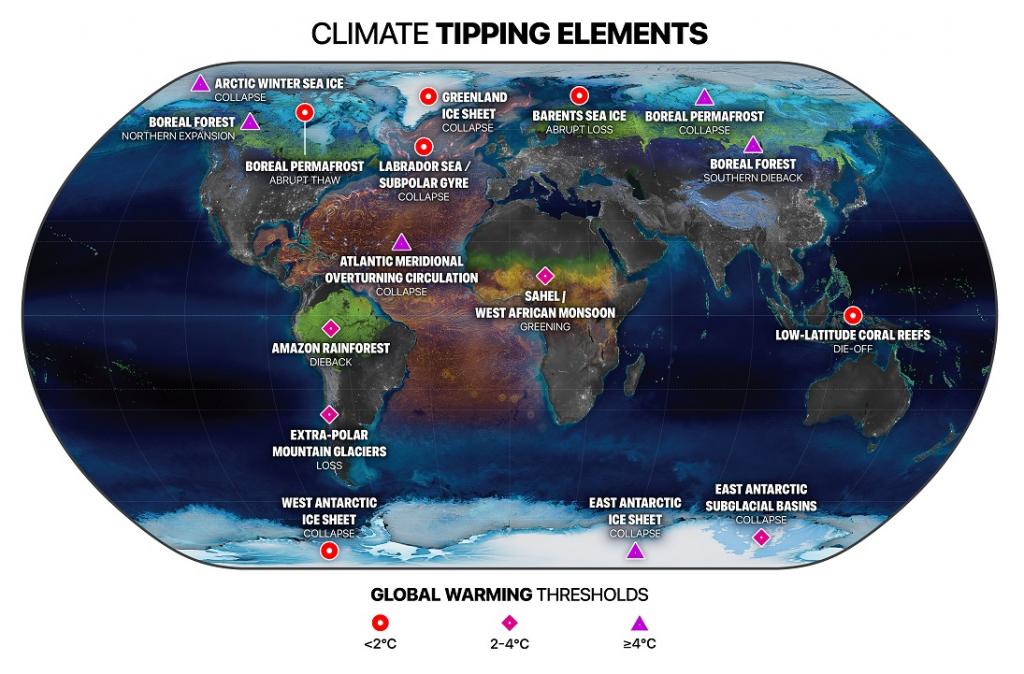Recently, the Human Development Index 2021 was released by the United Nations Development Program (UNDP).
Reference
Scientists, who first identified and assessed climate tipping elements and their tipping points in 2008, have reassessed them and found that the number of climate tipping elements has increased from 9 to 16.
The Amazon rainforest is an example of a core tipping element while the west African monsoon is considered to be a regional tipping element.
Reference
Facing the worst flooding disaster, Pakistan is demanding climate reparations from the Global North that is responsible for 92% of excess global carbon emissions.
The Global North means the developed countries, while the Global South means the developing countries.

Climate justice is a framing that places justice and the movement toward an equitable world at the core of climate activism.
Reference
India has the sixth most skewed sex ratio at birth in this century, succeeded only by Azerbaijan, China, Armenia, Vietnam and Albania.
Reference
India will host the International Dairy Federation’s World Dairy Summit 2022 in Greater Noida, National Capital Region (Delhi - NCR).
Reference